
March 2017 is the period we chose to visit Uganda, in central-eastern Africa. Central Africa is marked by the great rift, considered by many to be the “cradle of humanity”, following the discovery of old fossil hominids. This particular geology allows the presence of extremely varied landscapes and climates, from dry savannah to humid tropical forests and mountains covered with eternal snows. Today it is the home of the great mammals of Africa. Uganda is home to lion, elephant, hippopotamus and buffalo. The main populations of gorillas and chimpanzees persist in Uganda. But the herpetological fauna is not less remarkable. Some of the most extraordinary vipers are present here as for example the Rhinoceros viper, the Gaboon viper and several species of the genus … ATHERIS … In other words, how not to visit this country!
For this trip, the Atheris team is formed with of course Matthieu and Laurent, accompanied by Fabrice, already present in Malaysia, and Damien, an old friend. The first week is devoted to prospecting the three most highly desired species: Bitis gabonica, Bitis nasicornis and Atheris hispida.
Atheris hispida. The genus Atheris is endemic to the tropical forests of Central Africa. This genus contain a dozen of arboreal species, small and relatively slender. Atheris hispida is one of the most remarkable. Its particularly developed scales evokes a kind of feathering and the proportions of its head evoke a fantastic animal, or more simply … a dragon.
Bitis nasicornis is a large viper, which shows exceptional look, patterns and colors. It is broad, heavy, and has horn-like scales at the tip of the muzzle. It is confined to the humid forests of Central Africa. It reaches respectable heights, but is generally smaller than the viper of Gabon.
Bitis gabonica is a mythical serpent. It is simply the biggest and heavier snake in the sub-family Viperinae. The largest individuals of this species would approach 2 m and would exceed 10 kg. It is also one of the snakes with the largest fangs, producing the largest amount of venom in the world. Finally, the colors and patterns presented by this species are quite spectacular, making it totally cryptic in its habitat. Almost abundant in Uganda, it affects a wide range of habitat, and supports more degraded environments than Bitis nasicornis for example. It is found in agricultural land or in areas of wooded grassland.
Our surveys proved to be of maximum effectiveness because the three target species are contacted … in three days! During the same week, we also make the additional observations: Dispholidus typus (Boomslang), Psammophis mossambicus, Jameson mamba Dendroaspis jamesoni, Toxicodryas (Boiga) blandingii, Forest Cobra Naja melanoleuca and the egg-eater snake Dasypeltis atra.
The second week will be less intense in reptile surveys, and we take advantage of the visit of the national parks in the east of the country to observe the great mammals of the country: Baboons and various other species of monkeys, Antelope, Forest elephant, Bush Elephant, Buffaloe, Hippopotamus, Warthog, Giant forest hog, Hyena, etc. Nevertheless, some reptiles are still observed, including the chameleon Trioceros ellioti, the Nile Monitor Lizard Varanus niloticus, and some snakes, such as the House snake Boaedon fuliginosus and Philothamnus semivarigatus.
The densities of Reptiles and Amphibians appeared to be weaker compared to the countries of South America or Southeast Asia. But the few animals observed are worth a look, because of their dimensions, their colors or their look!
However, we are not insensible face to the state of conservation of most of the country’s natural areas. The anthrophic pressure is absolutely enormous, and the Atheris hispida and Bitis nasicornis are now only present in few small natural spaces, eaten daily by crops and forest fires … The future of these ramarkable species seems today more than uncertain … Ugandan, thanks you for your heartwarming welcome, and please, protect your nature!
Pictures : L. Barthe, F. Bernard, M. Berroneau, D. Troquereau – Special thanks to Tom, Jeff, Nsuggu, Mathias, and all their friends.
Incomplet list of observations:
Reptiles
Trachylepis maculilabris
Trachylepis striata
Hemidactylus mabouia
Hemidactylus (angulatus ?)
Trioceros ellioti
Acanthocercus sp.
Acanthocercus atricollis
Adolfus joacksoni
Varanus niloticus
Crocodylus niloticus
Pelomedusa rufra
Boaedon fulginus
Dasypeltis atra
Psamnophis mossambicus
Philothamnus sp. or Hapsidophrys sp.
Philothamus semivariegatus
Toxicodryas blandingii
Dispholidus typus
Dendroaspis jamesoni
Naja nigricollis
Naja melanoleuca
Atheris hispida
Bitis arientans
Bitis gabonica
Bitis nasicornis
Amphibians
Sclerophrys maculata
Leptopelis sp.
Leptopelis kivuensis
Hyperolius sp.
Ptychadena mascareniensis
Ptychadena oxyrhynchus
Phrynobatrachus (natalensis ?)

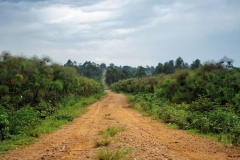
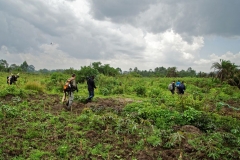


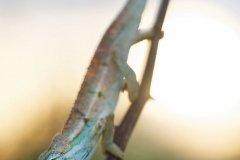
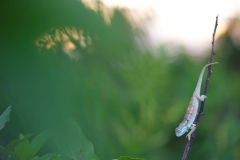

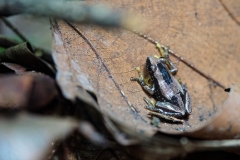


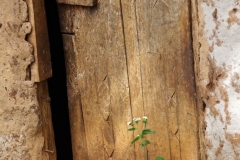
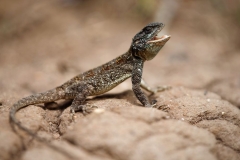


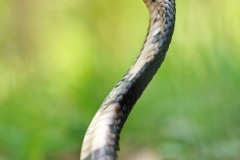
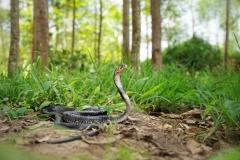
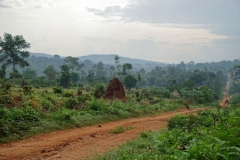


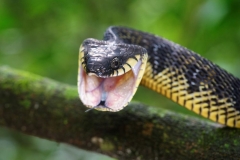

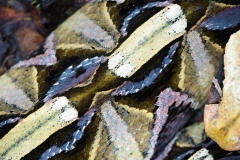
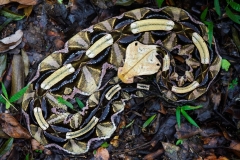



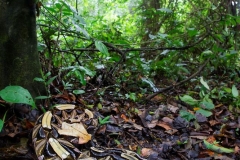
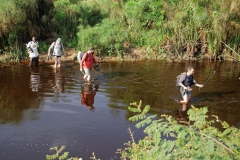
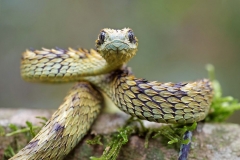

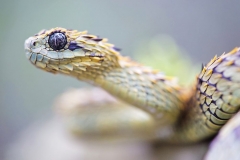
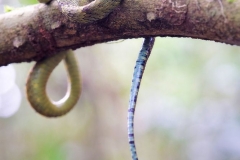


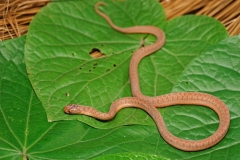

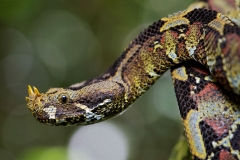
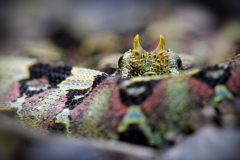
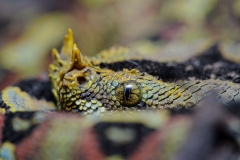
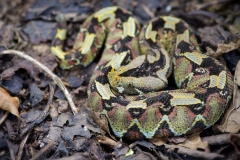
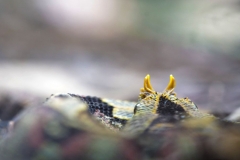
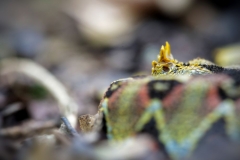
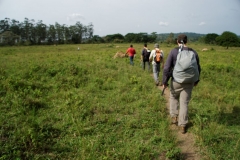


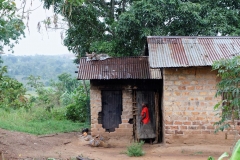
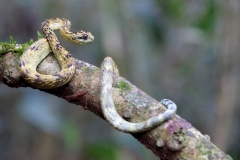



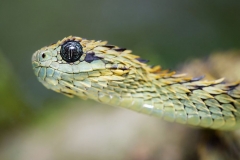
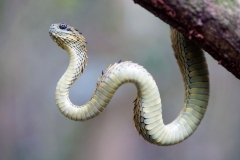

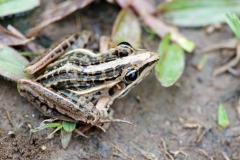





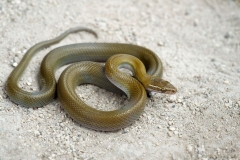
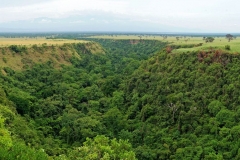
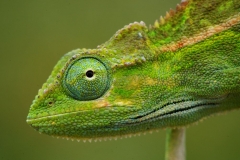
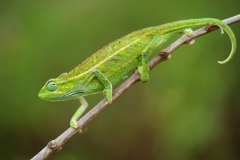
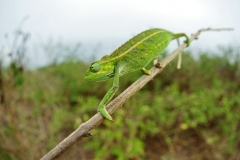


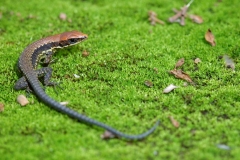

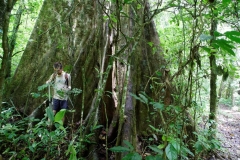
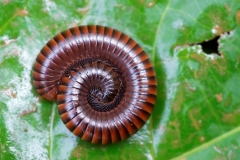
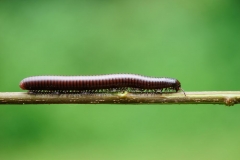
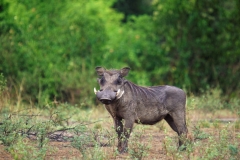
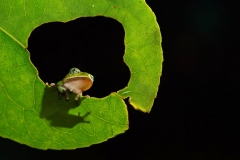
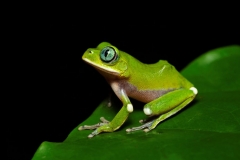
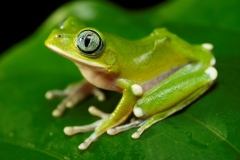
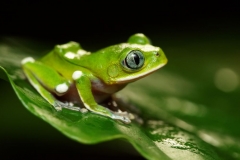
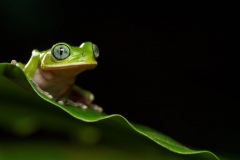
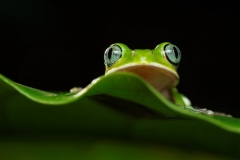

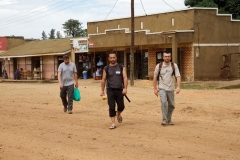
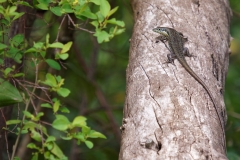
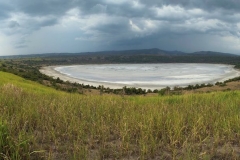
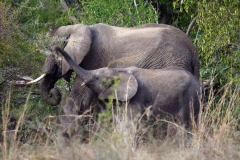


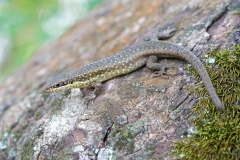
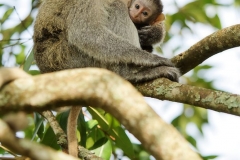
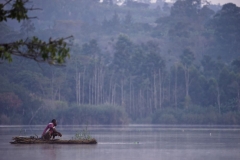
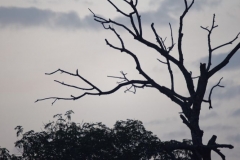
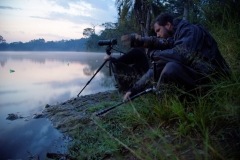
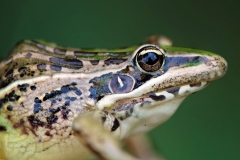
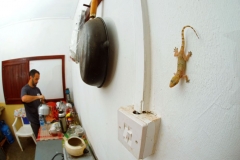
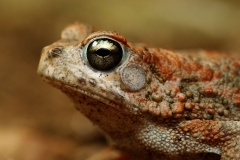
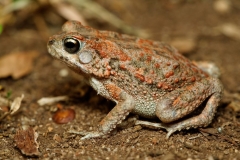
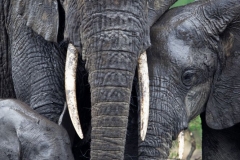


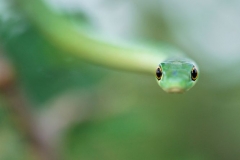

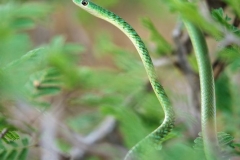
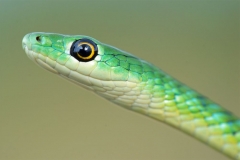
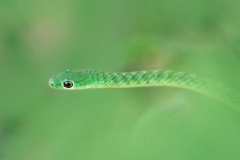
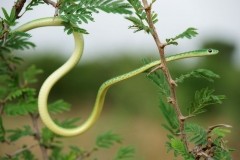
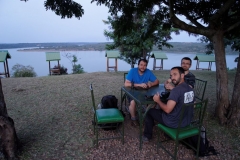

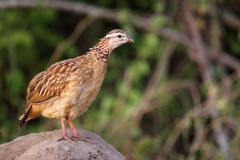
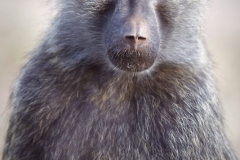

Has one comment to “Uganda, country of extrem viperids”
You can leave a reply or Trackback this post.